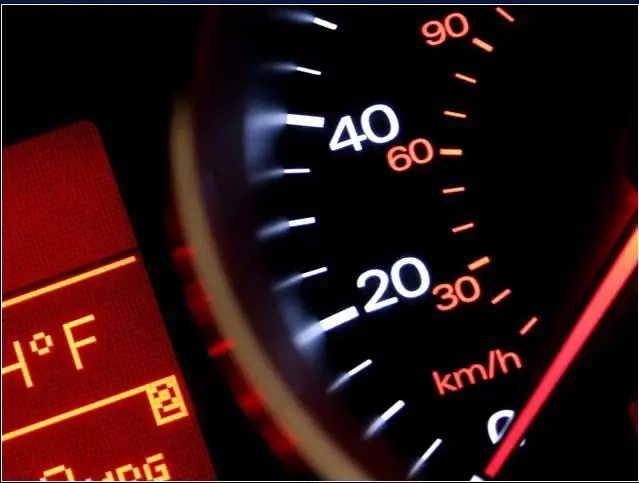- Author Lauren Nevill [email protected].
- Public 2023-12-16 18:48.
- Last modified 2025-01-23 15:15.
Probably, you cannot find a single computer without a browser installed in it, regardless of whether it is connected to the Internet or not. Every year browsers are becoming more functional, safer and more convenient. But most users are not least interested in the speed of the Internet browser.

Instructions
Step 1
The approximate launch time of the browser, depending on the speed of the computer and its load with plugins, is 10-15 seconds. With a few simple steps, you can significantly reduce this time, as well as make your browser faster while you are working.
Step 2
Start by clearing your browsing history. Browser history has an impact on launch time - each entry has its own image, name and address. It is not easy for your browser to load all this garbage over and over again. Press Ctrl + H (the set of hot keys is the same for all browsers) and delete all items in the window that appears. Repeat this action periodically, or configure automatic deletion of history after a certain time in the options of your browser. If you have never deleted history, then the increase in performance will be quite noticeable.
Step 3
Then delete all cookies. Cookies are personal settings for each page you visit. When you enter any site, your browser automatically starts searching for personal settings among those already available. This negatively affects the speed of work. Open the "Tools" menu, select "Settings". In the window that opens, click on the "Privacy" button, then the item "Delete individual cookies". It makes sense to delete cookies if you visit a large number of sites and return to them very rarely.
Step 4
Remove unnecessary or obsolete browser bookmarks. This will shorten the loading time of the browser by reducing the bookmark file. Find the "Bookmarks" menu in the panel of your Internet browser and use the Delete key to delete unused ones.
Step 5
Review the themes and plugins installed in your browser and remove those that you rarely or never use. Open the Tools menu, select "Add-ons". In the window that opens, go to the "Extensions" tab and remove unused extensions. Do the same for themes and plugins. This will increase the amount of free RAM and reduce the load on the browser.






